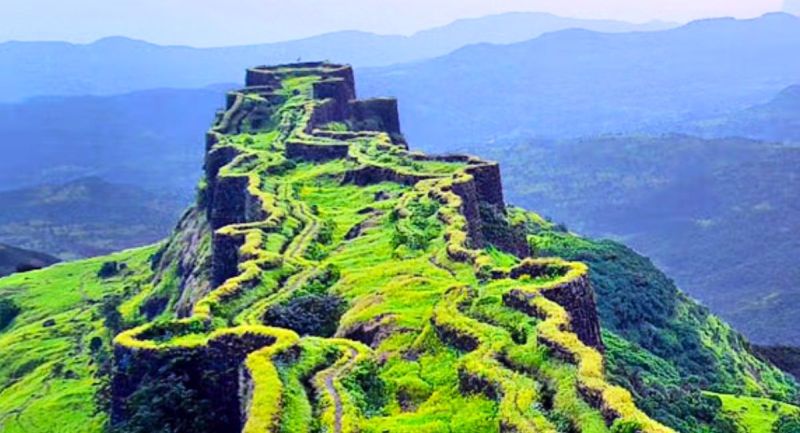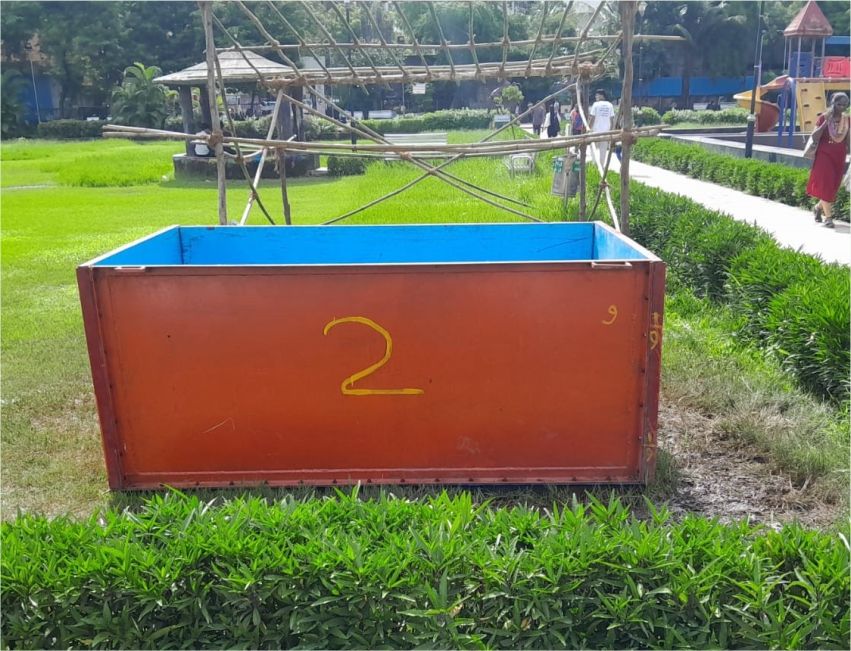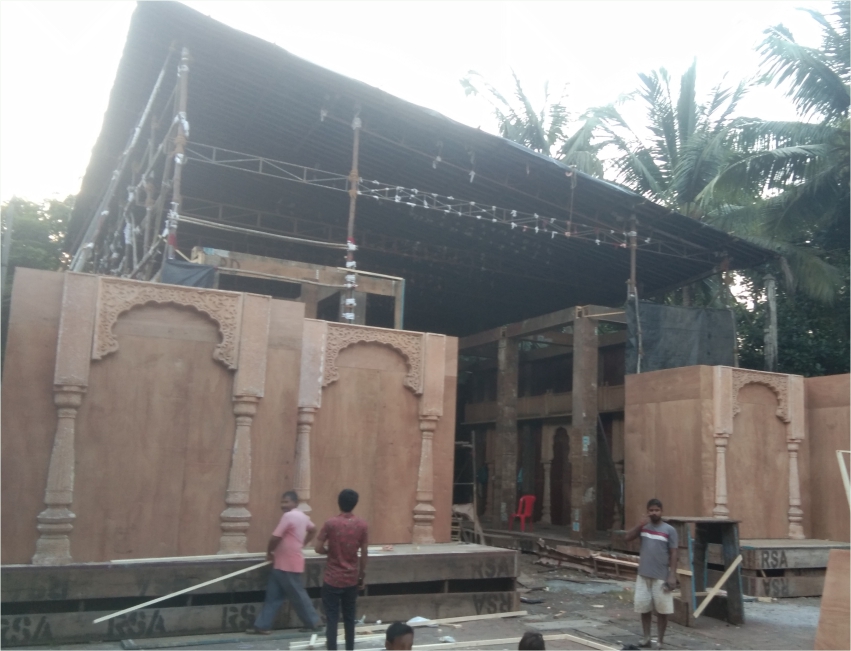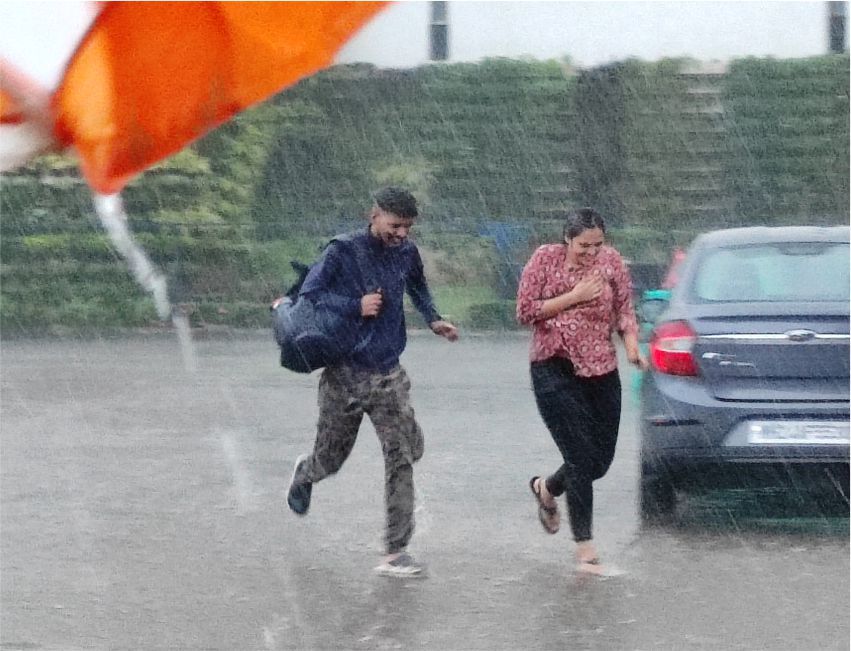Maharashtra’s hidden marvels

- Newsband
- 02 May, 2025
Maharashtra, a land of contrasts, is rich in history, culture, and unique traditions that set it apart from the rest of India. Beyond the bustling streets of Mumbai and Pune, the state hides treasures waiting to be discovered.
It was here that India’s first passenger train made its journey in 1853, traveling from Bori Bunder (now Chhatrapati Shivaji Maharaj Terminus) in Mumbai to Thane. Maharashtra also boasts the Juhu Aerodrome, India's first airport, established in 1928.
In the district of Ahilyanagar, the village of Shani Shingnapur stands out—its homes have no doors. Locals believe Lord Shani protects them, making thefts almost unheard of. Meanwhile, Shetpal in Nashik lives in harmony with cobras, providing special shelters for snakes in their homes, yet reporting no snakebite incidents.
Maharashtra’s infrastructure is unmatched, with over 267,500 kilometers of roadways connecting its towns and villages. The state is also home to six UNESCO World Heritage Sites, including the Ajanta, Ellora, and Elephanta Caves, and the Victorian Gothic and Art Deco buildings in Mumbai.
In Nashik, Deolali hosts Asia’s largest artillery training center and the Regiment of Artillery Museum. The region is also a key player in agriculture — Mahabaleshwar grows over 85% of India's strawberries, while Nashik leads in grape and onion production.
With over 350 forts and 1,200 ancient caves, Maharashtra's historical depth is remarkable. Adding to its marvels, the Reserve Bank of India stores a large part of the nation’s gold in Mumbai and Nagpur, while Mumbai’s Global Vipassana Pagoda stands tall as a modern symbol of peace.





